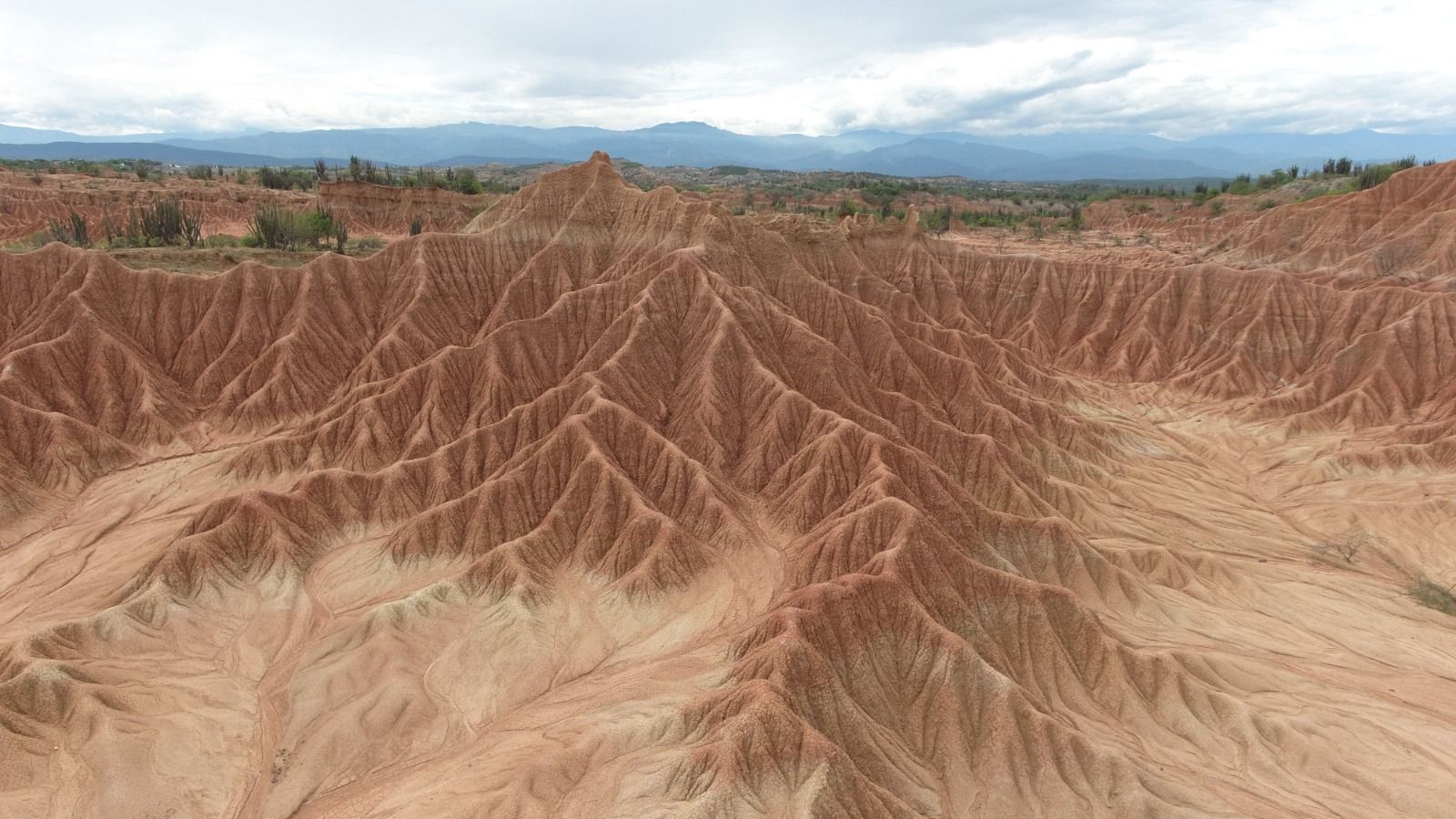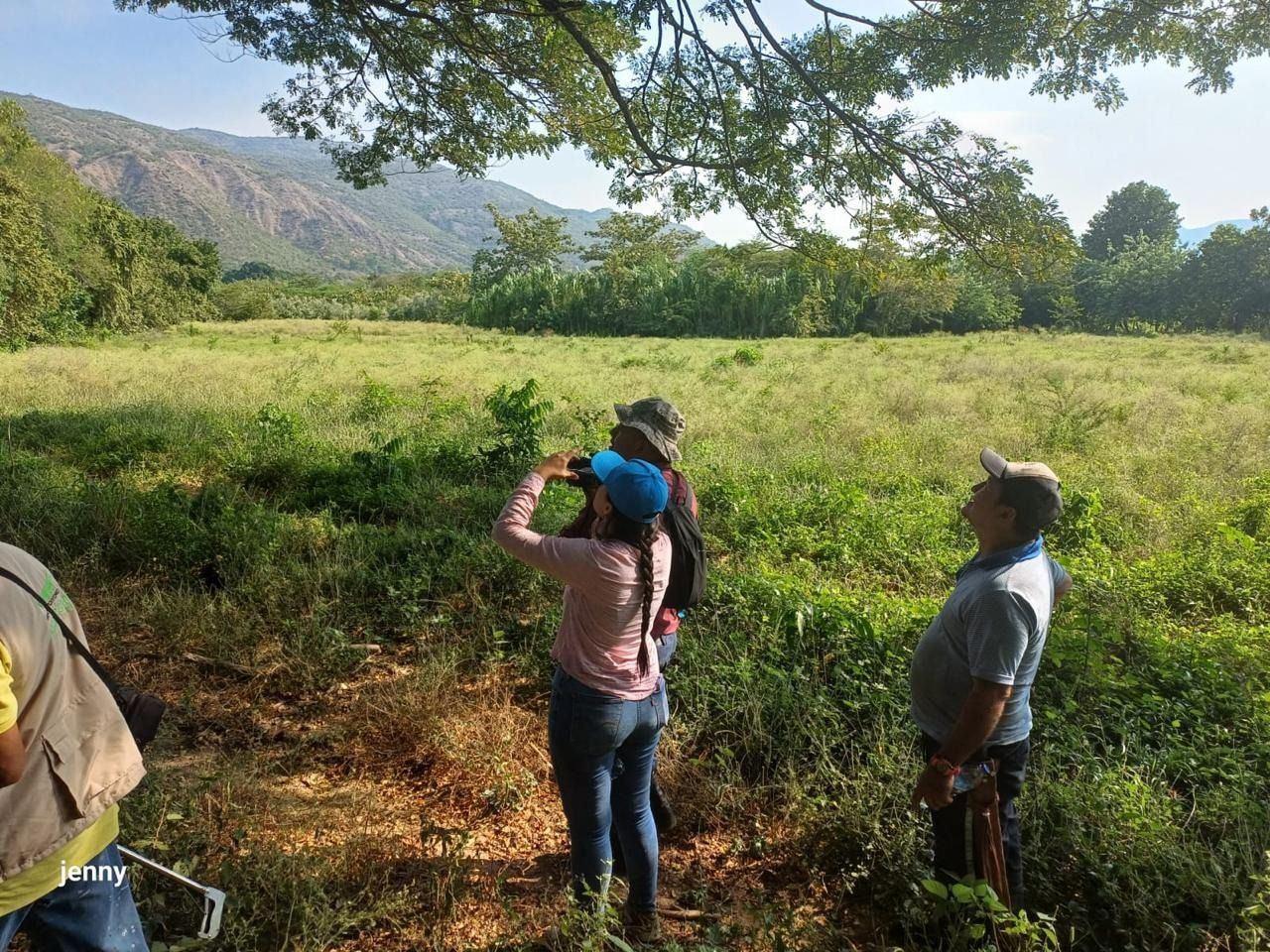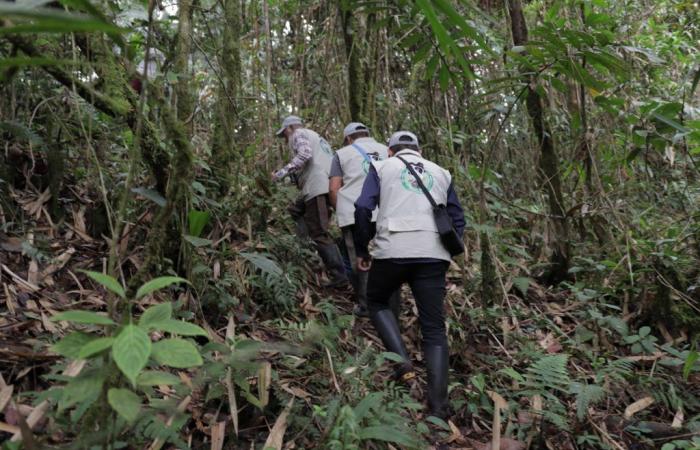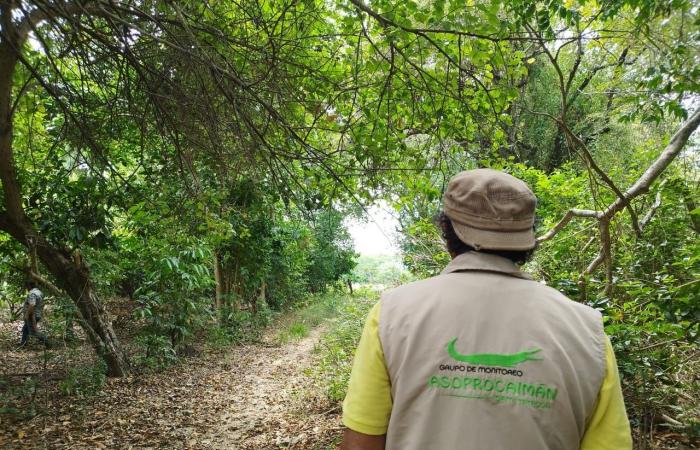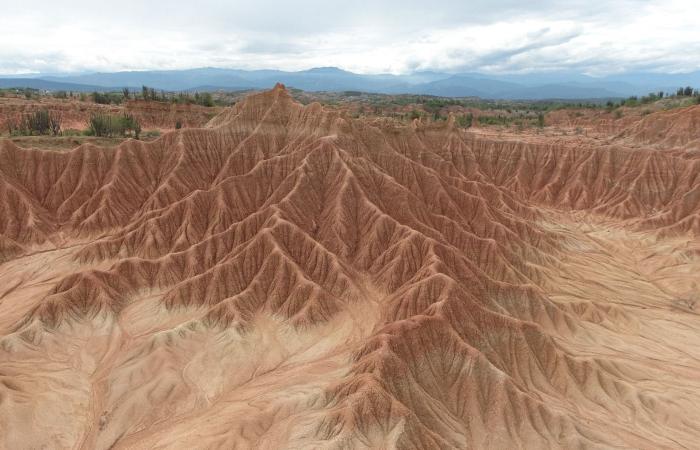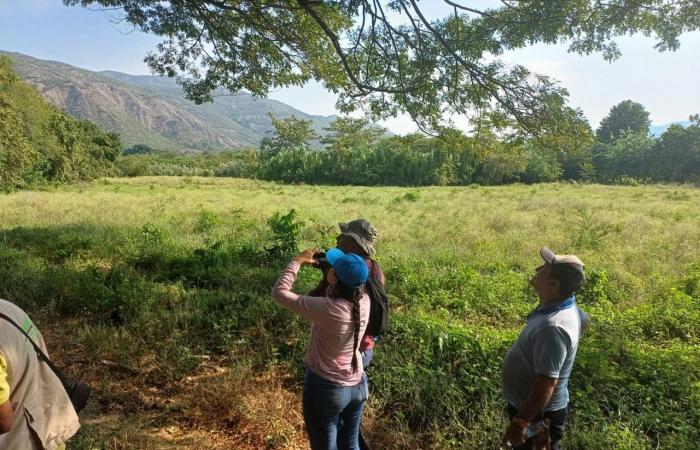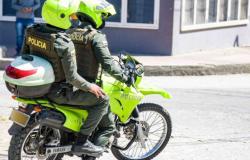With characterization and recognition exercises, the highest environmental authority of Huila undertakes the diagnosis phase of nature tourism in protected areas of Huila.
The Regional Autonomous Corporation of Alto Magdalena – CAM has been strengthening the sustainable tourism processes that have been developing in Huila, therefore, it has been carrying out actions focused on diagnosing the state of progress of nature tourism in the protected areas of the department.
“At the CAM we have identified that tourism is an activity that is developing with increasing relevance, permanence and boom, as well as that protected areas become those ecosystems suitable for the development of these ecotourism activities and others, for “We are advancing a diagnostic phase,” indicated Diana Bermeo, coordinator of Protected Areas of the CAM.
The CAM professional explained that characterizations and recognitions began to be generated to have a clear diagnosis of what tourist activities are being developed in each of the protected areas and thus with this consolidated information, the guidelines of what What can and cannot be done in nature tourism within protected areas.
Likewise, he assured that within this diagnostic phase, important inputs have been found that deserve to be highlighted as a reference to define strategies that contribute to planning, ordering and managing tourism as an objective for conservation.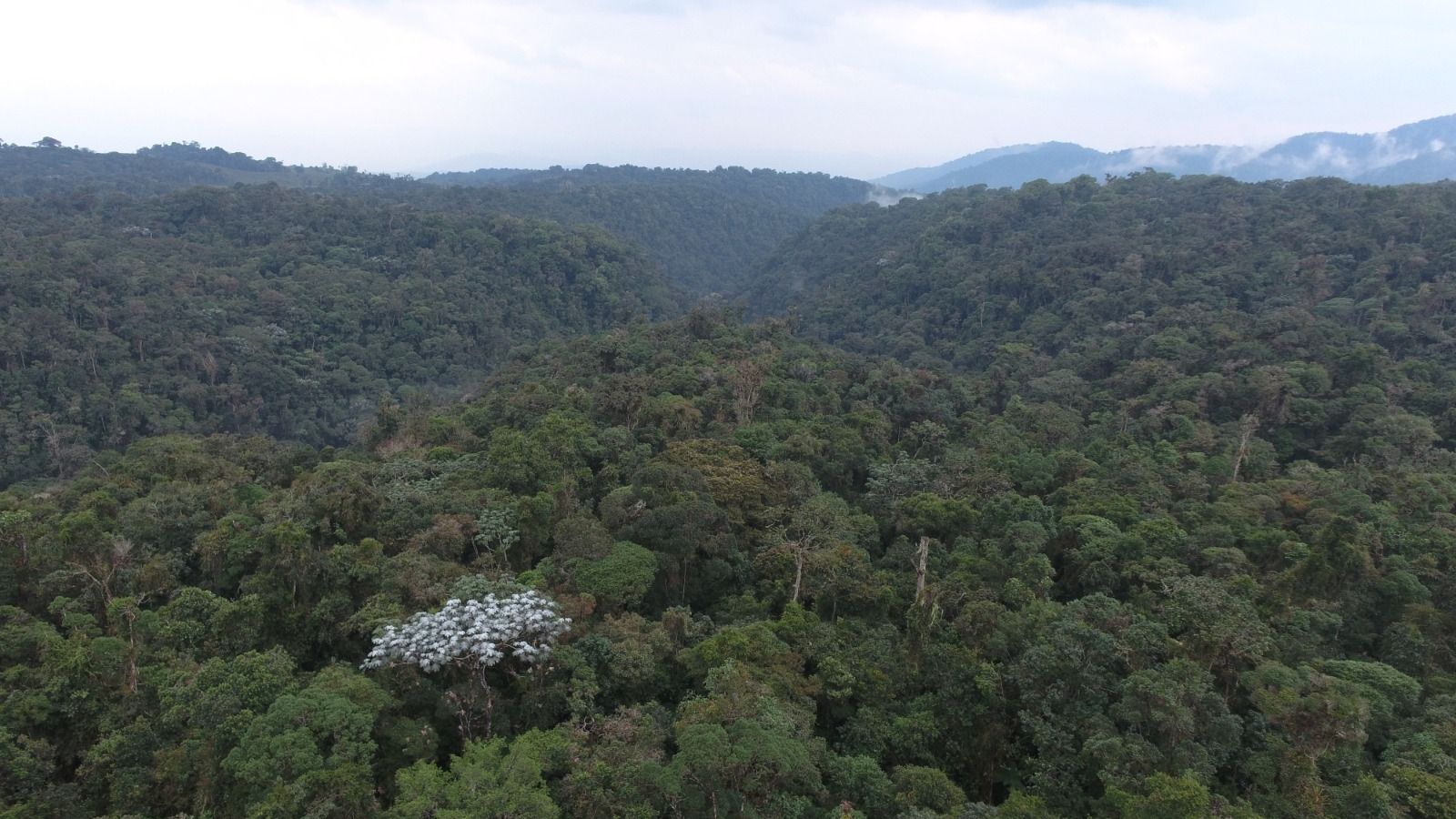
Advice and support
To this end, advice, support and training are being developed for territorial entities, official and private entities and tourism service providers, on the guidelines for the planning and management of nature tourism in protected areas.
This is a conservation strategy that involves the 27 municipalities of #Huila that have protected areas, the six Regional Natural Parks and the four Regional Integrated Management Districts that the department has, thus seeking to increase awareness, respect and defense of natural heritage by those who offer and seek a tourism option in these strategic areas.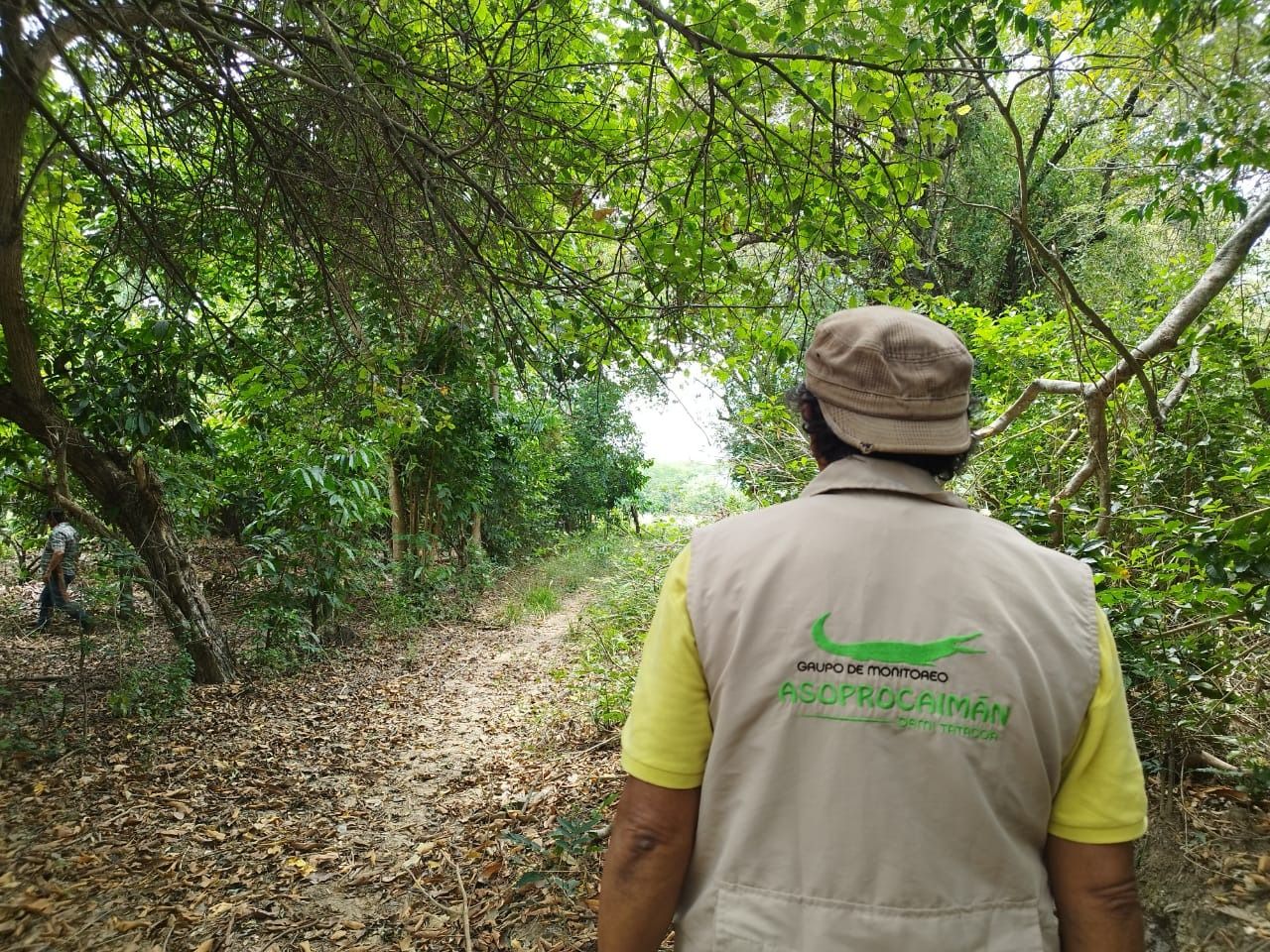
“We must remember that in these protected areas, activities have to be carried out in a very controlled manner to prevent damage from being generated, so what these guidelines are going to help us with is so that every person who arrives in the area can carry out an activity as sustainable without affecting the environment”, the CAM professional pointed out.
Local actors in the territory are fundamental in strengthening the nature tourism value chain. Therefore, it is necessary to recognize them, characterize them and generate alliances that allow their connection to the exercise of conservation of protected areas.
